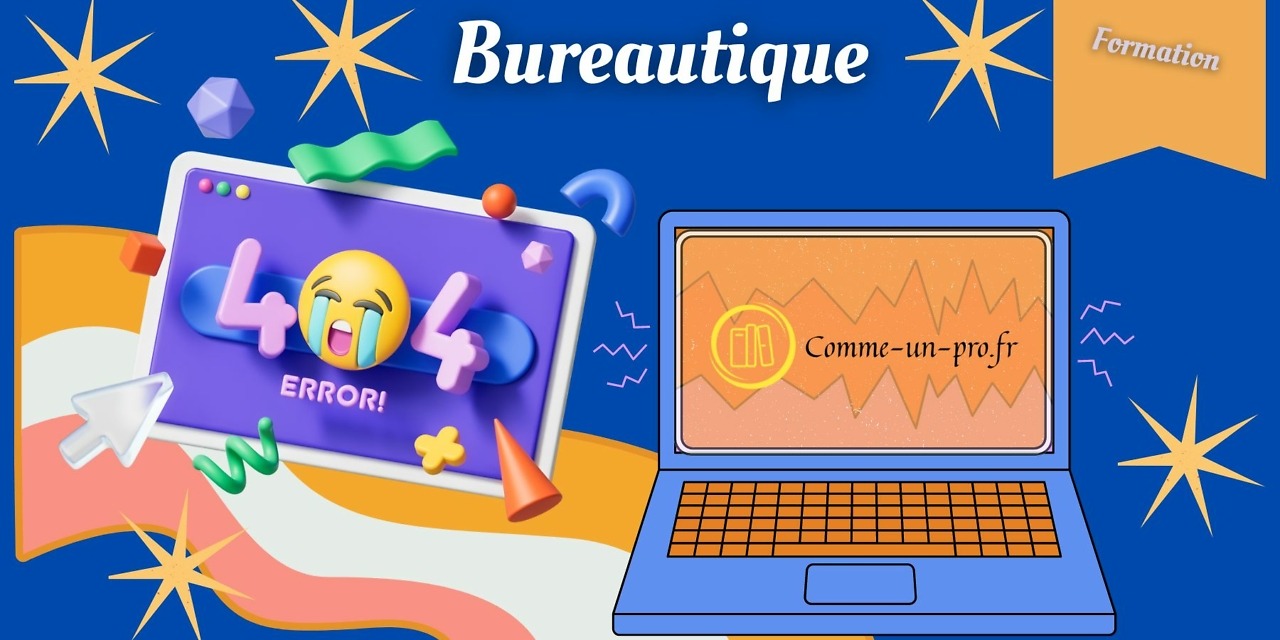In an increasingly connected world, email remains a key communication tool for professionals. Whether contacting customers, talking to colleagues or responding to inquiries, email is often the first method of contact.
However, it can be difficult to know whether your emails have been read and whether recipients have taken action on them. That's where Mailtrack comes in. In this article, we'll explain what Mailtrack is, how it works, and how it can help you improve your productivity.
What is Mailtrack?
Mailtrack is an add-on for email clients such as Gmail, Outlook and Apple Mail. It allows you to track your emails in real time and know when they have been read by the recipients. Mailtrack also lets you know when an email is opened and how many times it is read. This can be useful to know if someone has seen your message and if they have replied to it.
How does Mailtrack work?
Mailtrack works by adding a small, invisible tracking image to every email you send. This image is usually a transparent pixel, which is placed in the body of the email. When the recipient opens the email, the image is downloaded from the Mailtrack server, indicating that the email has been opened.
Mailtrack then sends a notification to the sender to let them know the email has been opened. Notifications are usually sent by email or through a desktop or mobile application. Mailtrack can also notify you when recipients click on links included in your emails.
How can Mailtrack improve your productivity?
Mailtrack can improve your productivity in several ways. First, it lets you know if a recipient has seen your email. This can help you determine whether you should send a reminder or follow up your message with a phone call.
Additionally, by tracking your emails, Mailtrack can help you determine the best times to send messages. If you notice that some recipients typically open your emails early in the morning or late at night, you can schedule your sends accordingly.
Mailtrack can also help you better understand recipient behaviors. For example, if you find that a recipient often opens your emails but never responds, this may be a sign that they are not interested in your offer. You can then focus your efforts on other potential customers.


